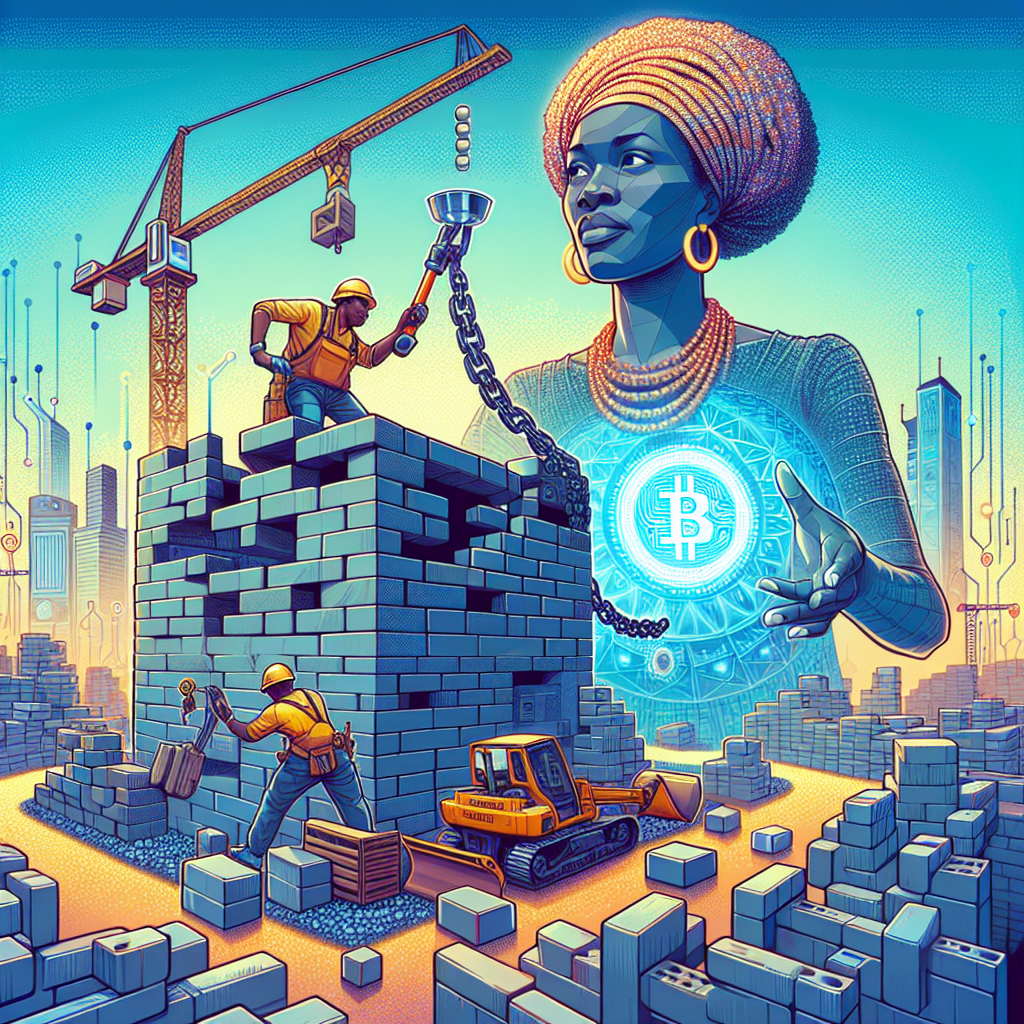Exclusive Chat: Tanisha Katara – Navigating the Blockchain Universe with a Web3 Compass, One Strategy at a Time!

“Interview: Tanisha Katara – Blockchain and Web3 Strategist”
“One of the notable statements Tanisha Katara, a blockchain and web3 strategist, made during the interview was – ‘blockchain is infrastructure for trust’. With the rise of decentralized web technologies, the need for such trust has never been more crucial.”
A pearl of wisdom that, isn’t it? Tanisha Katara, in her velvet-smooth prose, eloquently lays down her two cents on the issue of trust in the context of blockchain technology.
Now, let’s pause for a moment and consider what that actually means. In layman’s terms, blockchain is a type of data structure that maintains transactional records, also known as blocks, in several databases (don’t roll your eyes, we’re getting to the point). Alright, caught up? Good.
Essentially, what our trusty friend Katara here is suggesting is that this jumble of tech verbiage provides a secure and transparent method of recording transactions, making it an ‘infrastructure for trust.’ Mind you, this is not some magical potion that prevents any sort of mishap but instead an open-source system where the transactions are verifiable by everyone and tamperable by none.
Switching gears and moving onto web 3.0, Katara heralds its arrival like a new dawn of internet era. Far from the humdrum jargon that you would expect from tech aficionados, Katara charmingly simplifies it by likening Web 3.0 to Siri or Alexa but on steroids (hopefully, without the creepy listening in when you didn’t ask them to).
This means personalized and intelligent interfaces, autonomous services, and an ocean of data that the current internet has yet to tap into. The crux of it, however, is once again – trust. With our data spread across numerous nodes and secured through countless cryptographic layers via the blockchain, trust is inherently built-in.
Tying it all up, as Katara delicately suggests, the connection between blockchain and web 3.0 is deeply intertwined. Blockchain serves as an accountability mechanism, and Web 3.0 leverages that to provide more amicable and credible platforms.
In closing, perhaps it’s not so much about the jargon and the nerdy language, but about the possibilities that these tech advancements present. Sure, there will be detractors who dismiss these concepts as a flight of fancy but it’s becoming more and more evident that the conversation around these technologies isn’t going anywhere. And frankly? It’s about time. They’ve earned their seat at the grown-ups’ table and the world is finally listening.
